Back in 2015, we published an article about a dedicated team in Hungary working on the restoration of a Focke-Wulf Fw-190F-8. This ambitious project brought together parts sourced from various locations, including crash sites, barns, and attics, which are remnants of former Hungarian Air Force fighters. Now actively engaged in the restoration, the team is eager to share their progress with the public.
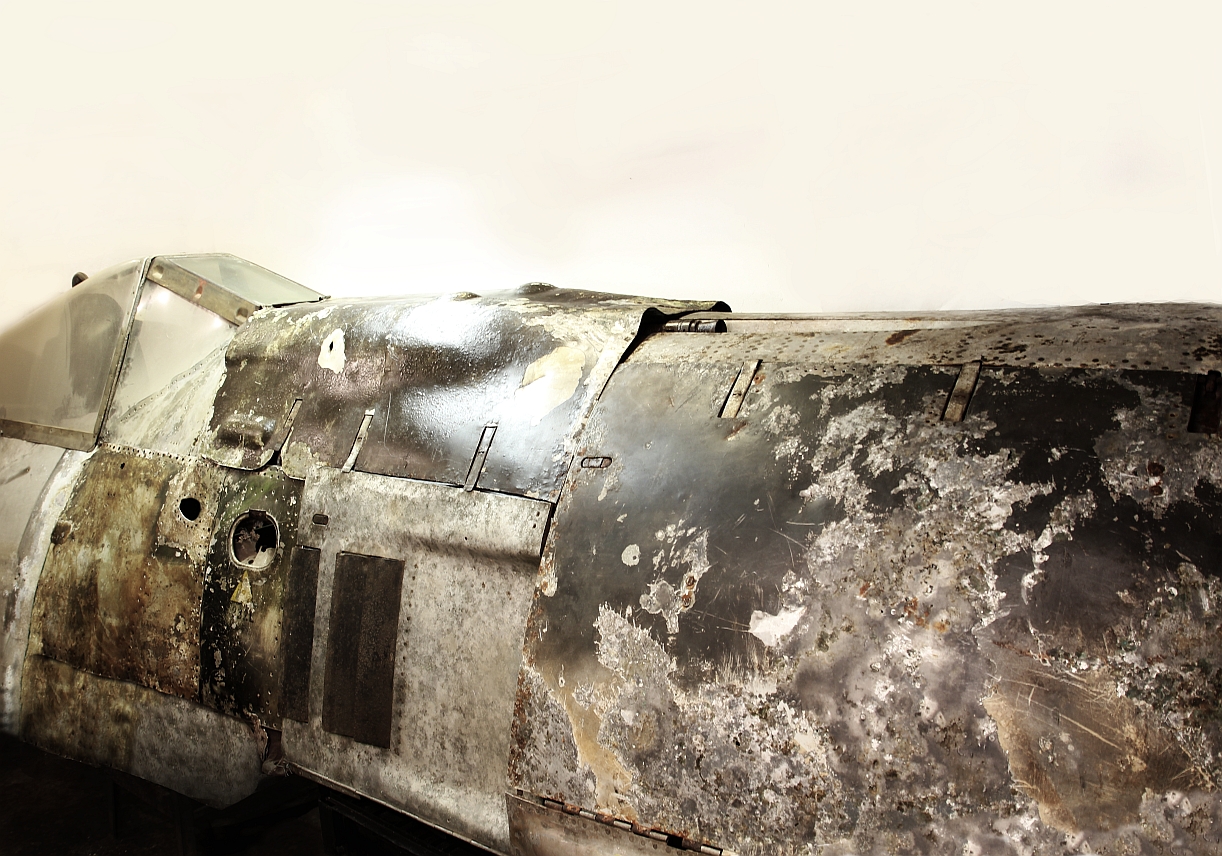
One of the team members, Andor Burnáczki, provided insight into the project. Rather than restoring a single aircraft, the team has assembled a collection of parts gathered over time. Some components were recovered from excavation sites, while others, like a spinner once belonging to Hungarian pilot Vitéz Vargha Gyula, surfaced in private collections. Additional recovered pieces include an oil cooler, engine cowling, and landing gear.

Over the years, Burnáczki and his team have acquired these parts, assisting in aircraft identification during digs, though they do not conduct excavations themselves. While they have yet to pinpoint a specific Werk Nummer for their project, all the parts originate from Fw-190F-8 fighters once operated by the Hungarian Air Force.


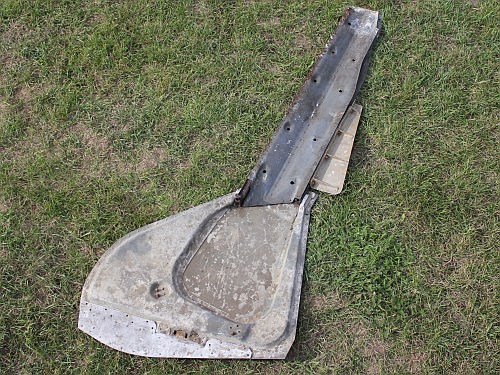
Currently, the only fully restored component is the propeller, while work continues on the landing gear and one of the engines. The restoration process is complex and time-intensive, relying heavily on funding and volunteers. The team collaborates with expert restorers for various components to ensure historical accuracy and structural integrity.
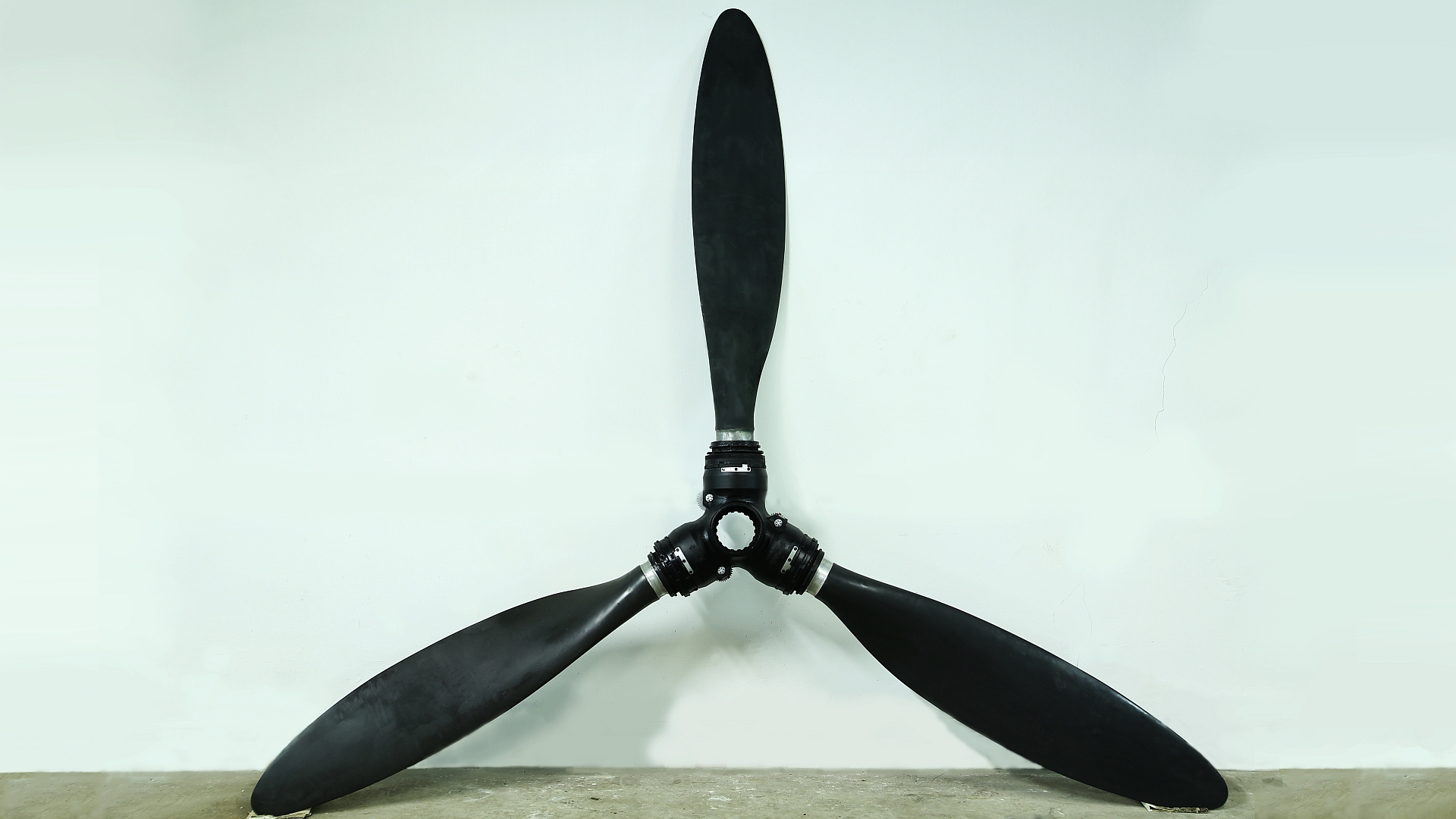
The ultimate goal is to restore the aircraft to airworthy condition, enabling public flights and exhibitions. The team continues to acquire additional parts, including another engine and more wing and fuselage sections, gradually assembling a complete Fw-190F-8. When we checked in with Andor last week, he shared that more parts have been restored, though only to exhibition condition. Work has been done on the BMW-801 radial engine and the landing gear. The Fw-190 is currently displayed in a private museum about 15 km from Budapest, drawing visitors from England, Germany, France, and the USA. In March, additional visitors from the USA are expected to experience it in person.
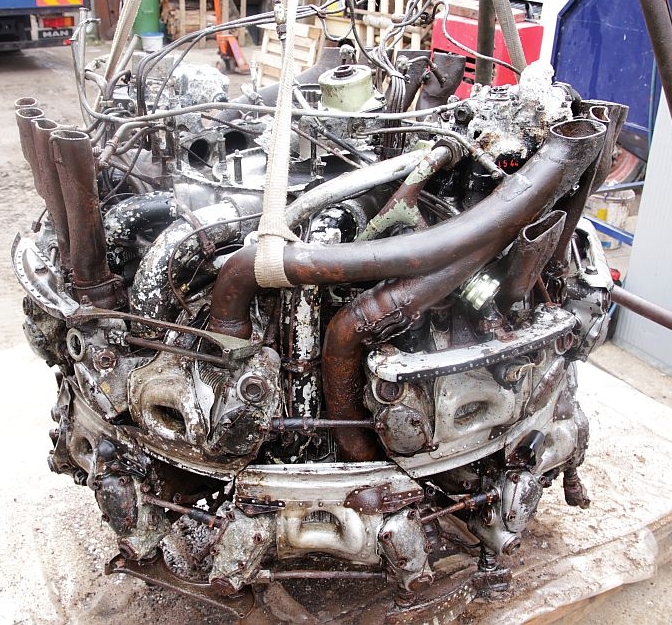
“We cannot rebuild it alone—it requires significant funding. That’s why many people, including visitors from the USA, have come to see it. If an agreement is reached, the full restoration will take place in the USA,” said Andor. Although the project began as a personal collection, it has evolved into a serious restoration effort. The team hopes to attract sponsors to help bring this historic aircraft back to life. With continued support and resources, the Fw-190F-8 will eventually take to the skies once more, serving as a testament to Hungary’s aviation heritage.
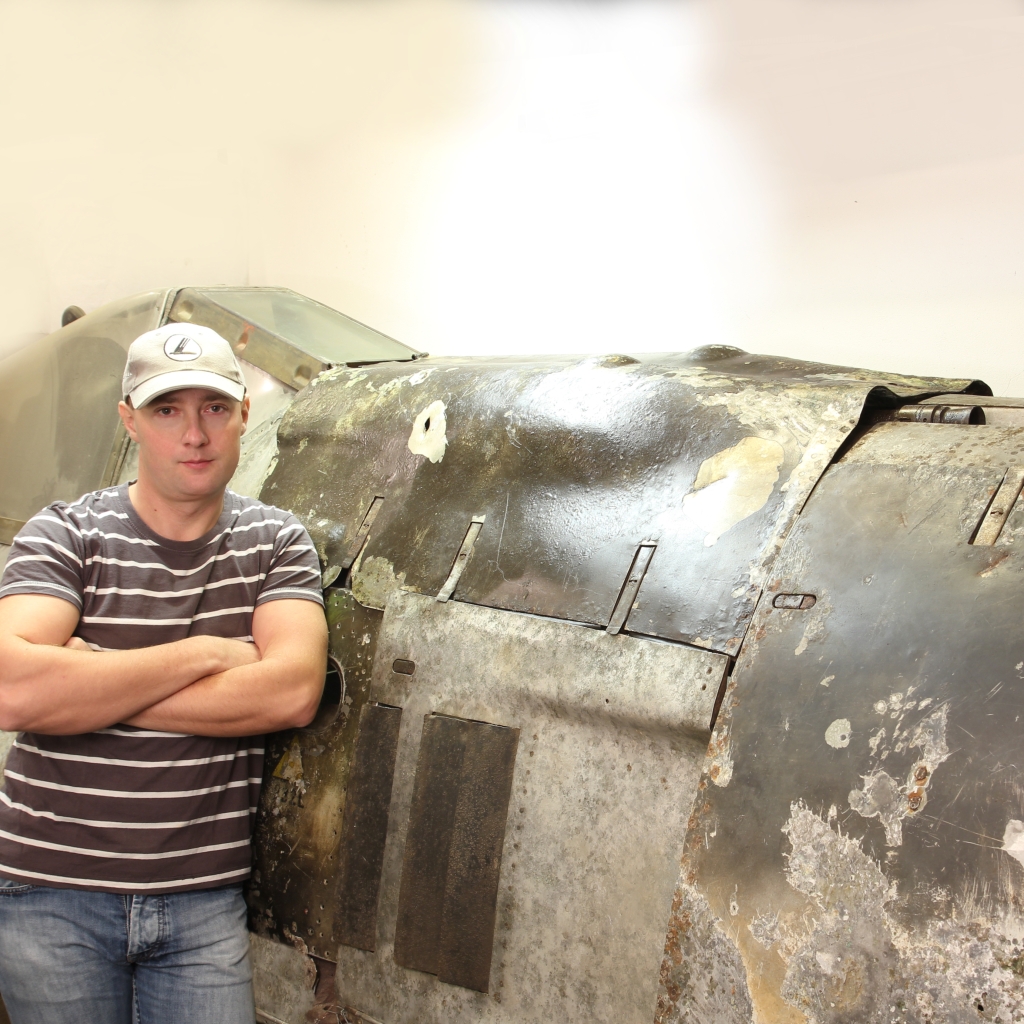









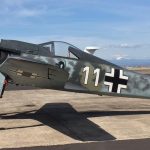
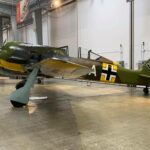
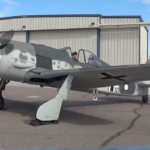
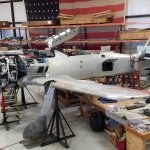
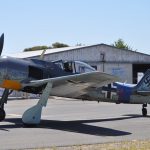



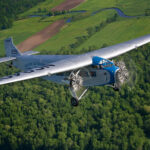
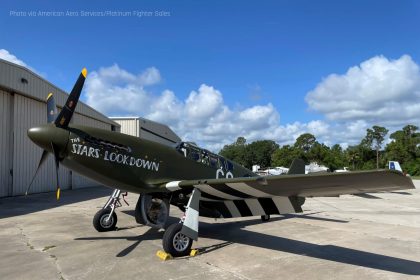

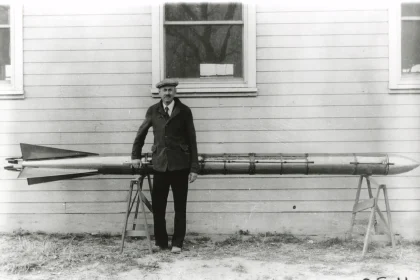


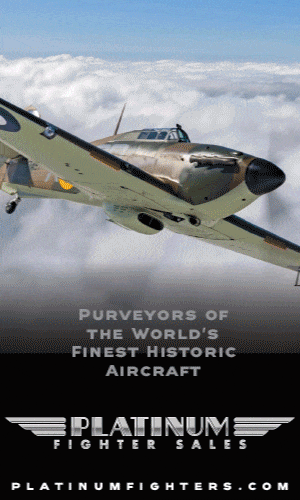

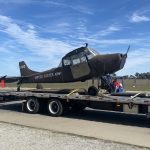
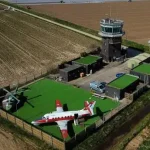
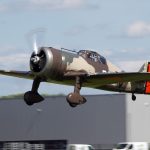
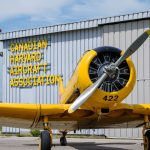

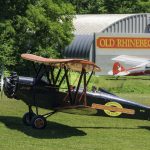
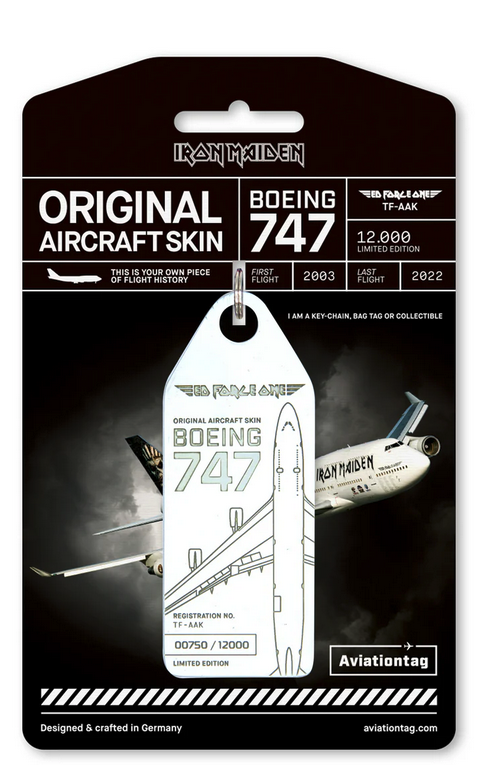

Hi,
I may be able to connect you to some parts.
This person has wing panels from a crashed aircraft. It came down close to Tangmere Airfield, UK.
His granddad got to the crash site before the Ministry!
As these are flight panels … is this a worthwhile venture?
Thanks Evan! We suggest you contact the group directly on their website: http://www.fw190.hu/
Hello, I’m Wladimir Alfaro, and I’m a great admirer of World War II Hungarian aviation and the Hungarian Focke Wulf Fw 190Fs. I’ve read a lot about their use in operations during the conflict.
That project was precisely what inspired me to propose a similar project, which would involve a team of Hungarian (or foreign) restorers… the search and rescue of a fuselage or example of a Hungarian Messerschmitt Me 210C-1 or Me 210Ca-1, another Hungarian aircraft I greatly admire and have read about its history.
In particular, in addition to the examples used in Hungary and the Balkans, there were 108 Hungarian Me 210Cs used in Tunisia, North Africa, and in Sicily. The Me 210C-1 reconnaissance models used by the Second Group of the Hungarian Air Force. FaGr. 122 and Me 210Ca-1 fighter-bomber used by the II Gruppe of ZG 26. The idea I would propose is to rescue two or three Me 210C fuselages and parts in Tunisia and take them to Hungary to assemble a model to preserve in a museum for display.
On the other hand, I would propose, as an exercise for this team, that they collaborate in the restoration of a Messerschmitt Me 410A Hornisse used by the II Gruppe of FaGr 122 based in Trapani, Sicily, which is in the NASM Museum at the Smithsonian in Washington, United States. I say this because that fuselage may have originally been a Me 210C modified to a Me 410A, and if so, it could help them identify the model in their search for fuselages in Tunisia.
This is soooo awesome,i wish you guys the very best, i love WW2 warbirds specially the 190 but my heart belongs to the FW189 lol, the flying eye,i haven’t heard much about the Paul Allen restoration but after he passed i guess they sold it to someone else,do you guys have a website to see the progress you are making? i would love to see it,best of luck.